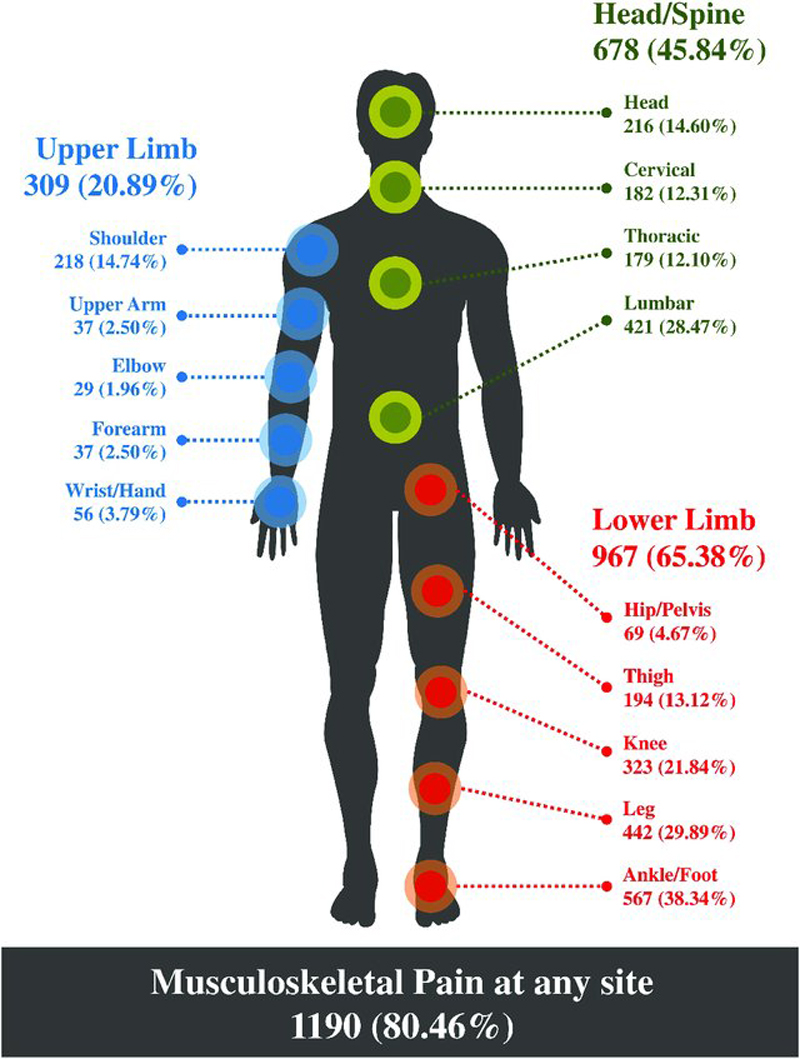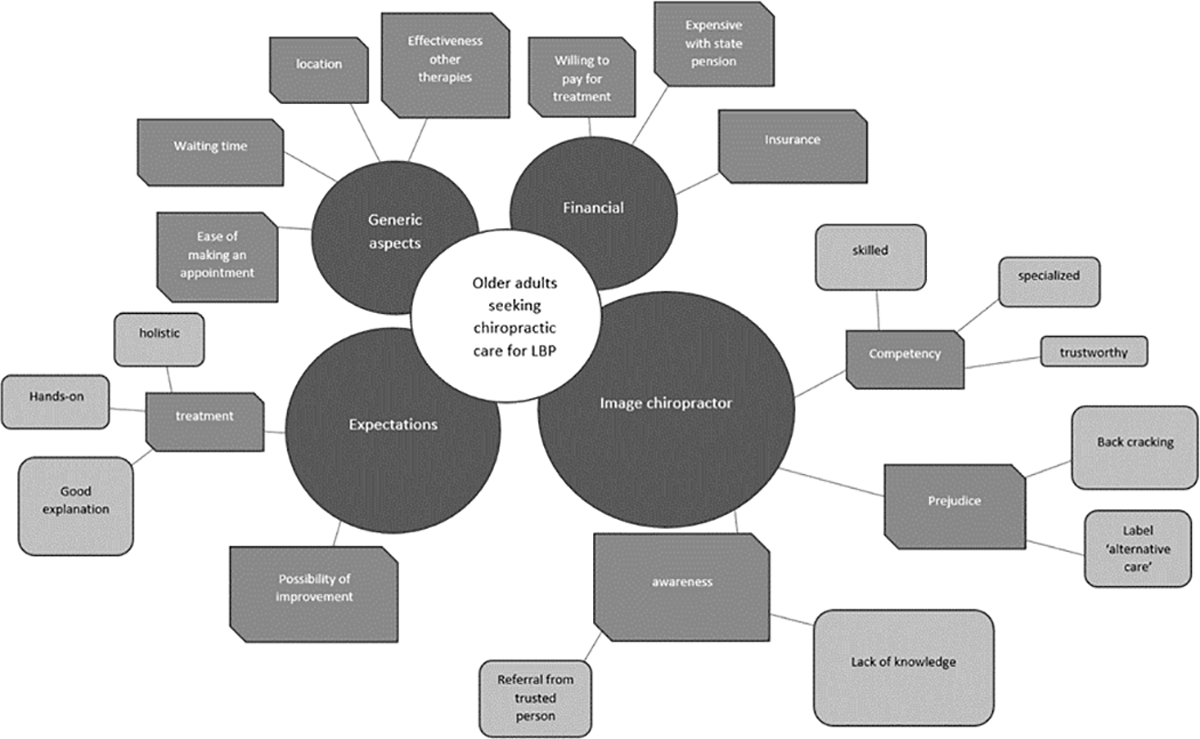Three Patterns of Spinal Manipulative Therapy for Back Pain and Their Association With Imaging Studies, Injection Procedures, and Surgery: A Cohort Study of Insurance Claims
Three Patterns of Spinal Manipulative Therapy for Back Pain and Their Association With Imaging Studies, Injection Procedures, and Surgery: A Cohort Study of Insurance Claims
SOURCE: J Manipulative Physiol Ther 2021 (Nov); 44 (9): 683–689
Brian R. Anderson, DC, MPH, MS, PhD, Steve W. McClellan, MS
Palmer Center for Chiropractic Research,
Palmer College of Chiropractic,
Davenport, IA.

FROM:
Houweling, JMPT 2015 Liliedahl, JMPT 2010
Objective: The purpose of this study was to evaluate the relationship between procedures and care patterns in back pain episodes by analyzing health insurance claims.
Methods: We performed a retrospective cohort study of insurance claims data from a single Fortune 500 company. The 3 care patterns we analyzed were initial spinal manipulative therapy, delayed spinal manipulative therapy, and no spinal manipulative therapy. The 3 procedures analyzed were imaging studies, injection procedures, and back surgery. We considered “escalated care” to be any claims with diagnostic imaging, injection procedures, or back surgery. Modified-Poisson regression modeling was used to determine relative risk of escalated care.
Results: There were 83,025 claims that were categorized into 10 372 unique patient first episodes. Spinal manipulative therapy was present in 2,943 episodes (28%). Initial spinal manipulation was present in 2,519 episodes (24%), delayed spinal manipulation was present in 424 episodes (4%), and 7,429 (72%) had no evidence of spinal manipulative therapy. The estimated relative risk, adjusted for age, sex, and risk score, for care escalation (eg, imaging, injections, or surgery) was 0.70 (95% confidence interval 0.65–0.75, P < .001) for initial spinal manipulation and 1.22 (95% confidence interval 1.10–1.35, P < .001) for delayed spinal manipulation with no spinal manipulation used as the reference group.
There is more like this @ our:LOW BACK PAIN Section and the:






